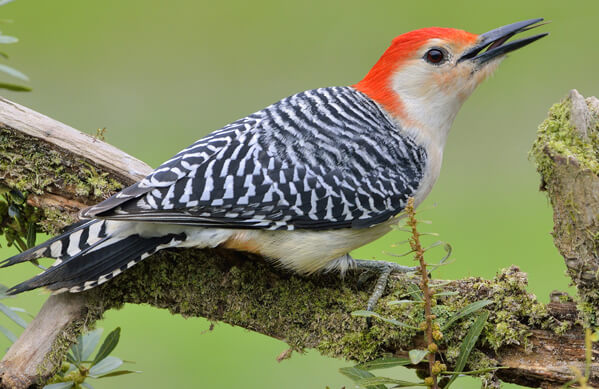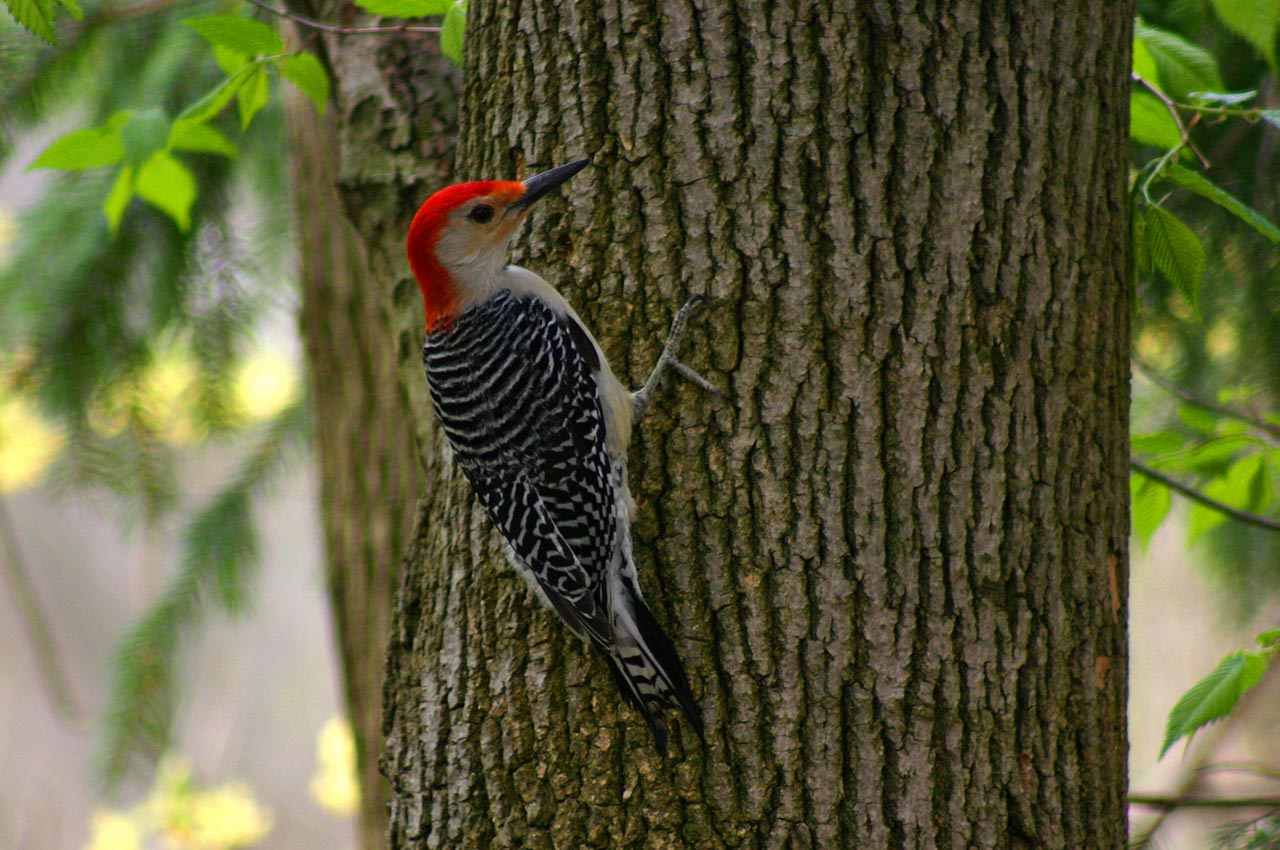Exploring Woodpeckers in Florida Habitats: Where to Spot These Birds
Exploring Woodpeckers in Florida Habitats: Where to Spot These Birds
Blog Article
Introducing the Tricks of Woodpeckers: Actions, Habitat, and Much More
Woodpeckers, with their unique actions and specialized adjustments, have actually long interested scientists and nature enthusiasts alike. By uncovering the mysteries bordering woodpeckers' habits and habitat choices, a much deeper understanding of these bird wonders emerges, offering a glance right into their interesting world.
Woodpecker Actions Insights
In taking a look at woodpecker behavior, a remarkable display of specialized abilities and adaptations arises, shedding light on their exceptional ecological specific niche. Woodpeckers, recognized for their unique drumming on trees, have a range of behavior characteristics that add to their survival and success in their environment.
Moreover, woodpeckers exhibit a special feeding actions defined by their capacity to extract bugs from tree bark utilizing their specialized beaks. Their lengthy, barbed tongues aid in catching target, while their strong neck muscle mass give stability and precision throughout pecking activities. This feeding strategy enables woodpeckers to accessibility hidden insect larvae and extract them with exceptional performance.
Environment Preferences and Selection
What elements affect the environment choices and selection of woodpeckers? Woodpeckers are highly adaptable birds understood to live in numerous environments worldwide. Nevertheless, they do display choices for particular environment characteristics. One crucial element influencing woodpecker habitat choice is the accessibility of appropriate nesting sites. Woodpeckers normally favor woodlands with a mix of fully grown trees that give ample opportunities for cavity excavation. These cavities act as important nesting and roosting sites for woodpeckers and are necessary for their reproducing success.
In addition, woodpeckers reveal a preference for habitats with an abundant supply of food resources. They are mainly insectivorous, feeding on beetles, ants, larvae, and other pests discovered in rotting wood or tree bark. Woodpeckers have a tendency to favor woody areas with a varied insect populace to satisfy their nutritional demands.
Additionally, the presence of dead or worn out trees is an additional crucial element in woodpecker habitat option. These trees not only give food resources yet also offer ideal substratum for tooth cavity excavation. Dead trees are crucial for the upkeep of healthy woodpecker populations, as they play an important role in the woodpeckers' life cycle and ecological community characteristics.
Feeding Behaviors and Diet Plan Structure
Woodpeckers show a specialized feeding behavior concentrated on foraging for bugs within various habitats. Their diet regimen mainly is composed of insects such as beetles, ants, caterpillars, and crawlers, which they situate by tapping on tree bark and paying attention for the audio of movement inside. Woodpeckers utilize their solid beaks to drill right into the timber and their long, barbed tongues to draw out target from crevices. In addition to pests, woodpeckers see it here also take in tree sap, fruits, nuts, and seeds, including selection to their diet depending upon the period and availability of food sources.
The foraging strategies of woodpeckers are well-adapted to their arboreal way of life. Woodpeckers play an important role in keeping the wellness of forests by controlling insect populaces and helping in the decay of wood.
Drumming Appears and Communication
Utilizing quick drumming noises on various surface areas, woodpeckers utilize a distinctive kind of communication to signify area boundaries and attract companions. This drumming behavior is not just a way of communication yet likewise functions as a method for woodpeckers to establish their visibility within a specific area. The strength, speed, and pattern of the drumming can communicate important details to other woodpeckers around.
Woodpeckers utilize drumming sounds to reveal their presence in an my review here area and to warn off possible trespassers. The loud and repetitive nature of the drumming works as a clear signal to other woodpeckers that the area is already declared. This assists in reducing conflicts and lessening physical battles in between people.

Survival Adaptations and Specialized Makeup

Conclusion
To conclude, woodpeckers show distinct behaviors, such as drumming audios for interaction, and have specialized makeup for survival in their selected habitats. Their feeding behaviors and diet plan composition better demonstrate their flexibility to different environments. By recognizing these aspects of woodpeckers, scientists and guardians can better secure and preserve these remarkable birds and their communities.
Report this page